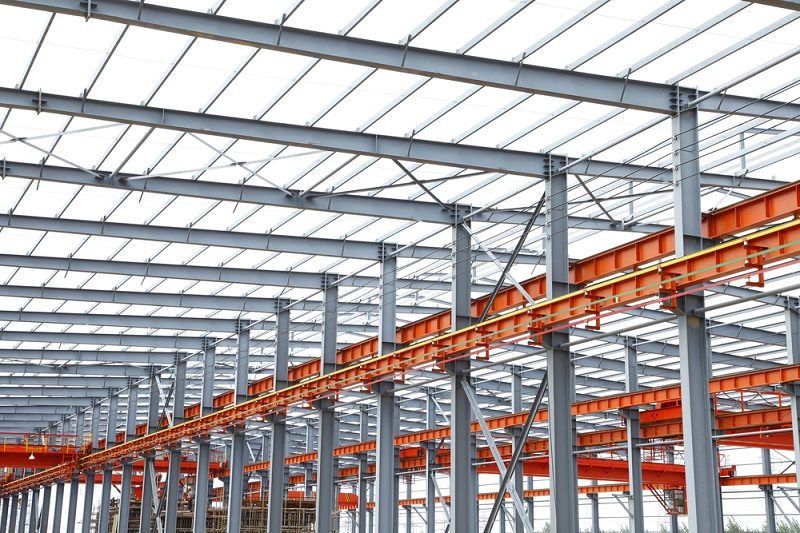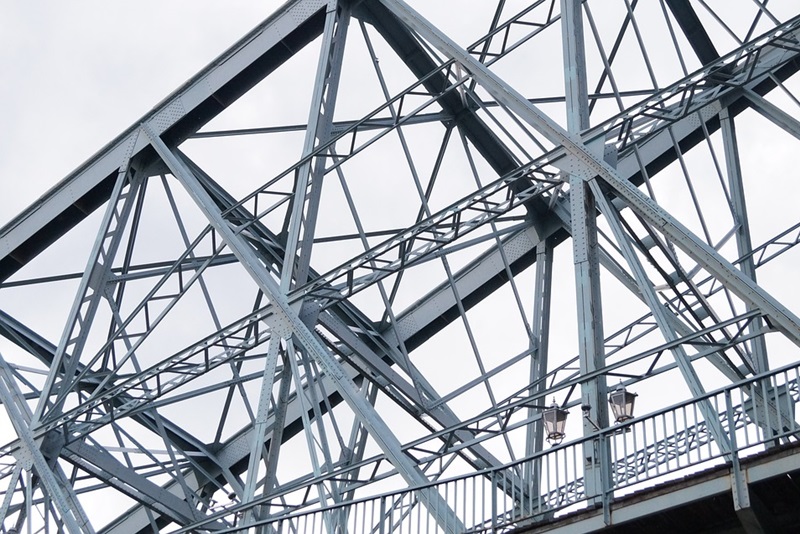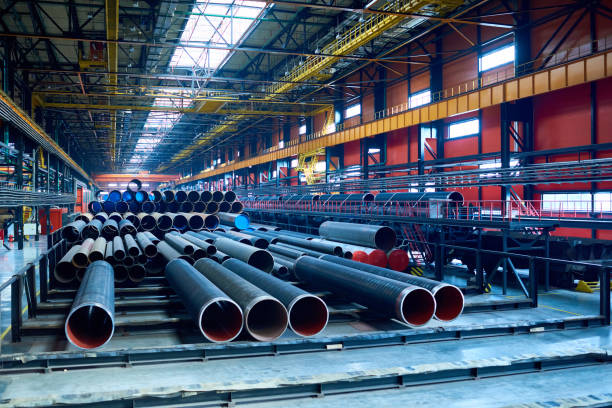Advanced Steel Fabrication Melbourne: Building the Future Today
Advanced Steel Fabrication Melbourne: Building the Future Today
Blog Article
Ingenious Patterns in Steel Manufacture: Enhancing Longevity and Precision
In the world of steel manufacture, the search of toughness and precision has led to a wave of cutting-edge fads that are reshaping the sector. These trends are not simply forming the existing but also laying the foundation for the future of steel construction, guaranteeing further improvements in durability and precision.
Advanced Welding Technologies
In the world of steel manufacture, the fostering of innovative welding technologies has substantially changed the sector's approach to accomplishing remarkable quality and accuracy in structural welds. Advanced welding technologies, such as laser beam of light welding and friction mix welding, have actually arised as game-changers in the area. By leveraging these sophisticated welding techniques, steel producers can raise the resilience, stamina, and precision of their structural welds, satisfying the increasingly requiring needs of modern-day building and construction tasks.
Robotic Automation in Fabrication
Embracing robot automation has actually become a foundation of contemporary steel construction methods, enhancing processes and improving efficiency across the market. Robotics are revolutionizing the means steel elements are made, providing unequaled accuracy and speed while lowering human mistake. These automated systems can manage repeated jobs with regular precision, resulting in higher top quality end products.
One trick advantage of robot automation in steel manufacture is the capability to work around the clock without fatigue, significantly enhancing manufacturing output. This continuous operation minimizes downtime and accelerates project timelines, eventually conserving costs for makers. In addition, robots can be set to carry out complex jobs that might be difficult or harmful for human employees, enhancing safety and security in the workplace.
Additionally, robot automation allows smooth assimilation with various other digital innovations, such as computer-aided style (CAD) software program and Internet of Things (IoT) systems (steel fixing). This interconnected strategy boosts interaction between different stages of fabrication, maximizing operations and ensuring real-time surveillance and control. As the steel manufacture market proceeds to develop, robot automation attracts attention as a transformative force driving effectiveness and accuracy in manufacturing procedures

High-Strength Alloy Advancement
The innovation of high-strength alloy development in steel construction is improving the sector's technique to boosting product sturdiness and efficiency. High-strength alloys are engineered to exhibit premium mechanical residential or commercial properties, such as increased tensile strength, strength, and rust resistance compared to typical steel grades. By integrating these advanced alloys right into construction processes, suppliers can create components that stand up to greater anxiety degrees and rough environments, causing even more long lasting and trusted final product.
One trick advantage of high-strength alloy development is the capacity to lower material thickness without jeopardizing architectural honesty. This not just results in lighter-weight elements but likewise contributes to set you back financial savings and improved performance in manufacture and setting up procedures. Additionally, the improved strength-to-weight proportion of these alloys enables the style and building and construction of frameworks with higher load-bearing capabilities while decreasing general weight.
3D Modeling and Simulation Software
Improvements in steel construction procedures have been considerably moved by the assimilation of sophisticated 3D modeling and simulation software application devices. These tools permit makers to produce detailed online models of their projects, allowing them to envision the final product with accuracy before any manual labor begins. By simulating various anxiety factors, ecological problems, and structural loads, makers can maximize styles for improved longevity and efficiency. Additionally, 3D modeling and simulation software program streamline the manufacturing process by identifying possible problems at an early stage, lowering the need for pricey rework and lessening product waste.

Lasting Practices in Steel Manufacturing
Incorporating sustainable methods right into steel production procedures is vital for lessening environmental impact and making certain long-term source schedule. One crucial sustainable practice is the fostering of energy-efficient modern technologies to reduce greenhouse gas discharges during the steel manufacturing procedure. This includes utilizing renewable resource sources, such as solar or wind power, to power steel plants and implementing energy-efficient devices to optimize power usage.
One more essential aspect of sustainable steel manufacturing is the responsible sourcing of resources. This entails ensuring that the iron ore and other resources made use of in steelmaking are acquired from moral and ecologically pleasant sources. By advertising transparency in the supply chain and adhering to rigorous ecological requirements, steel manufacturers can minimize the unfavorable impacts of source extraction on local ecosystems and neighborhoods.

Verdict
Finally, the innovative trends in steel manufacture such as innovative welding technologies, robot automation, high-strength alloy development, 3D modeling and simulation software application, and lasting techniques are improving the sturdiness and precision of steel items. These innovations are reinventing the steel manufacture sector by improving effectiveness, sustainability, and top quality. It is clear that the future of steel manufacture depends on accepting these cutting-edge technologies to fulfill the needs of modern-day building and production markets.
In the world of steel fabrication, the quest of resilience and precision has led to a wave of ingenious trends that are improving the sector.In the realm of steel manufacture, the adoption of advanced welding modern technologies has significantly changed the sector's strategy to attaining exceptional high quality and precision in structural welds. As the steel construction industry proceeds to progress, robotic automation stands out as a transformative pressure driving performance and visit this web-site precision in manufacturing processes.
In addition, reusing and recycling steel scrap and waste materials play a substantial function in enhancing the sustainability of steel manufacturing. steel fixing.In conclusion, the ingenious trends in steel fabrication check my site such as advanced welding modern technologies, robot automation, high-strength alloy growth, 3D modeling and simulation software, and sustainable methods are improving the sturdiness and precision of steel items
Report this page